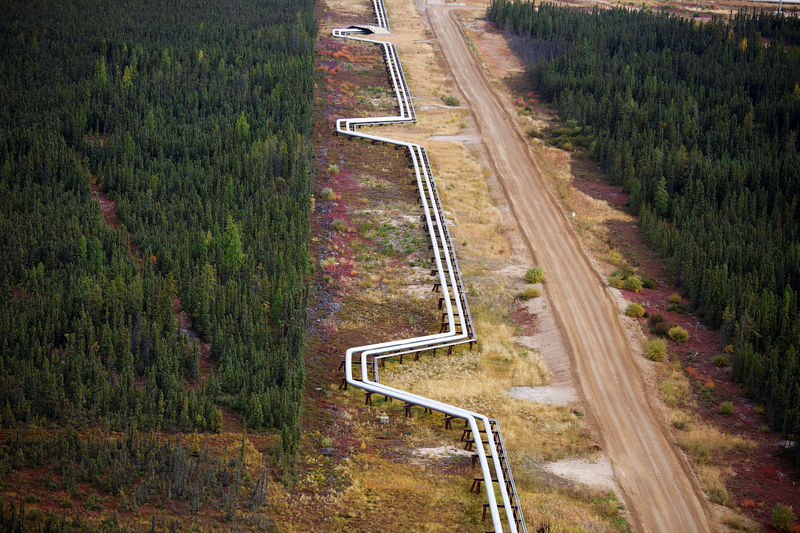By Rod Nickel
WINNIPEG, Manitoba, March 23 (Reuters) - The western Canadian province of Saskatchewan will review regulations and engineering standards for pipelines around bodies of water following a Husky Energy Inc HSE.TO oil spill last year into a major river.
Husky's July 2016 spill into the North Saskatchewan River forced the cities of Prince Albert and North Battleford to temporarily find alternative sources of drinking water. In total, 225 cubic meters of oil blended with distillates leaked, with 60 percent contained on land, Saskatchewan's ministry of economy said on Thursday.
"Since the Husky spill in July, we've recognized that we need to do better when it comes to preventing incidents," Energy and Resources Minister Dustin Duncan said in a statement.
Pipeline safety is a sensitive issue in Canada, where Prime Minister Justin Trudeau's government in November approved a new Kinder Morgan Inc (NYSE:KMI) KMI.N pipeline. Pipelines are viewed by the oil-rich provinces of Alberta and Saskatchewan as critical to move crude to tidewater, but they have drawn fierce opposition from environmental and indigenous groups.
On Monday, the Alberta Energy Regulator said it was responding to a Husky crude oil spill in that province. economy ministry said the province would strengthen regulatory standards for pipelines around water to deal with risks such as slope movement. It will also review the design of existing pipelines near water. The Husky pipeline that leaked was built in 1997.
The government concluded that a buckle in the pipeline cracked and caused the spill due to ground movement on a slope of land over many years, mirroring the company's earlier conclusion. findings will now be reviewed by Saskatchewan justice officials for possible charges against Husky, government spokeswoman Karen Hill said. A Husky spokesman could not immediately be reached.
In its 2017/18 budget, released on Wednesday, Saskatchewan said it would hire more inspectors for the oil and gas industry.
